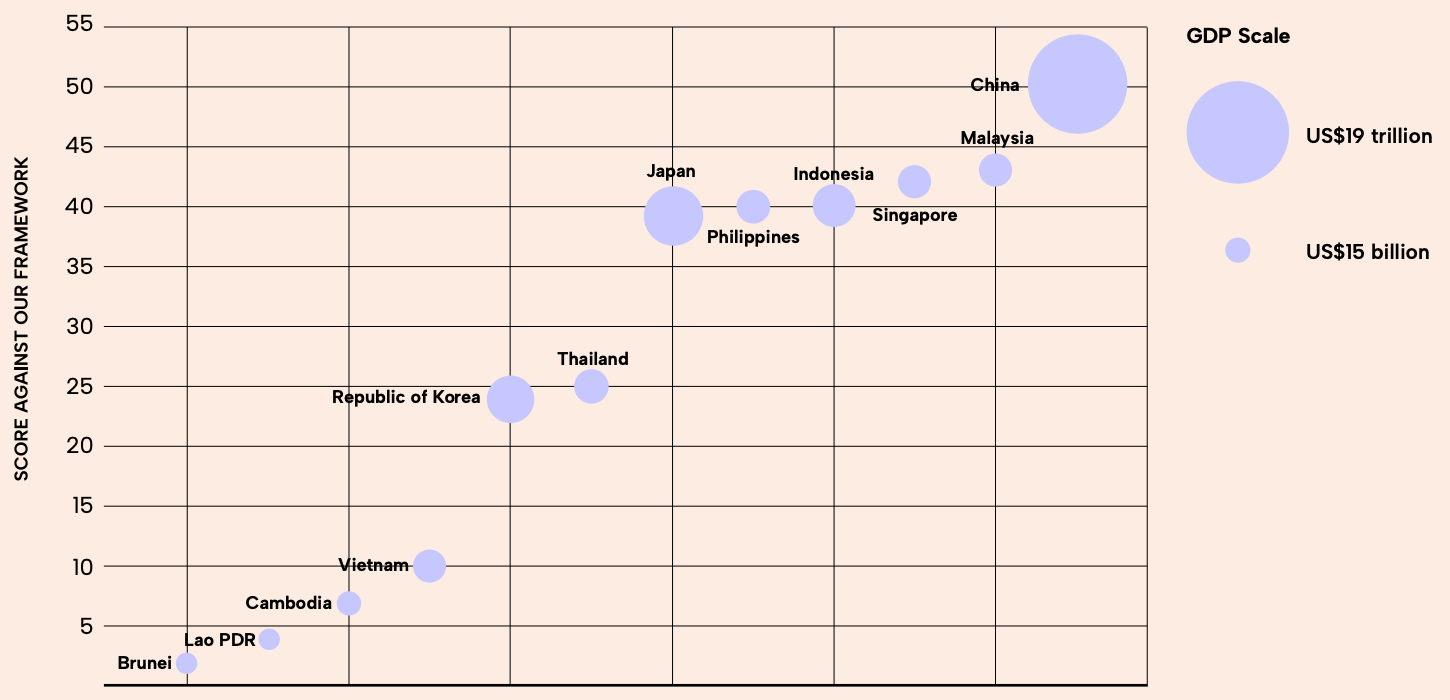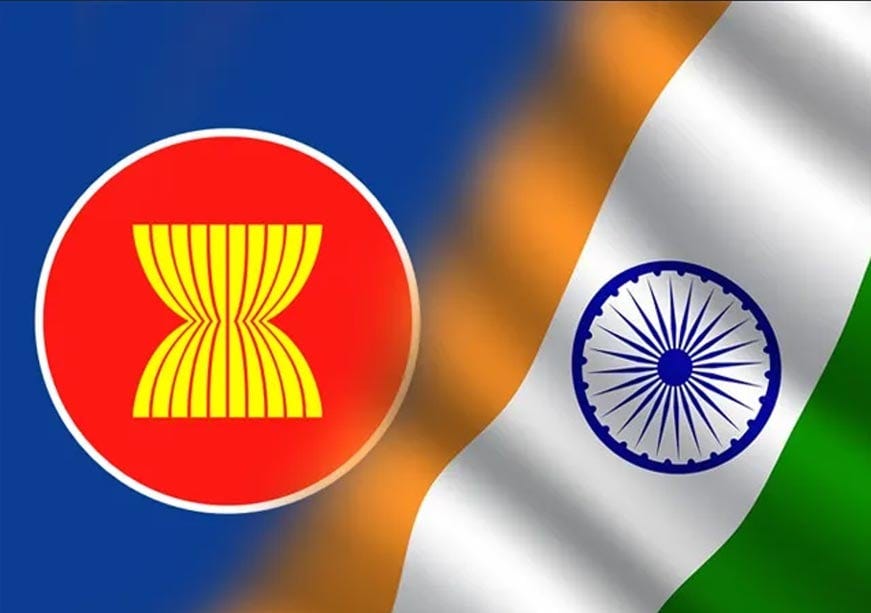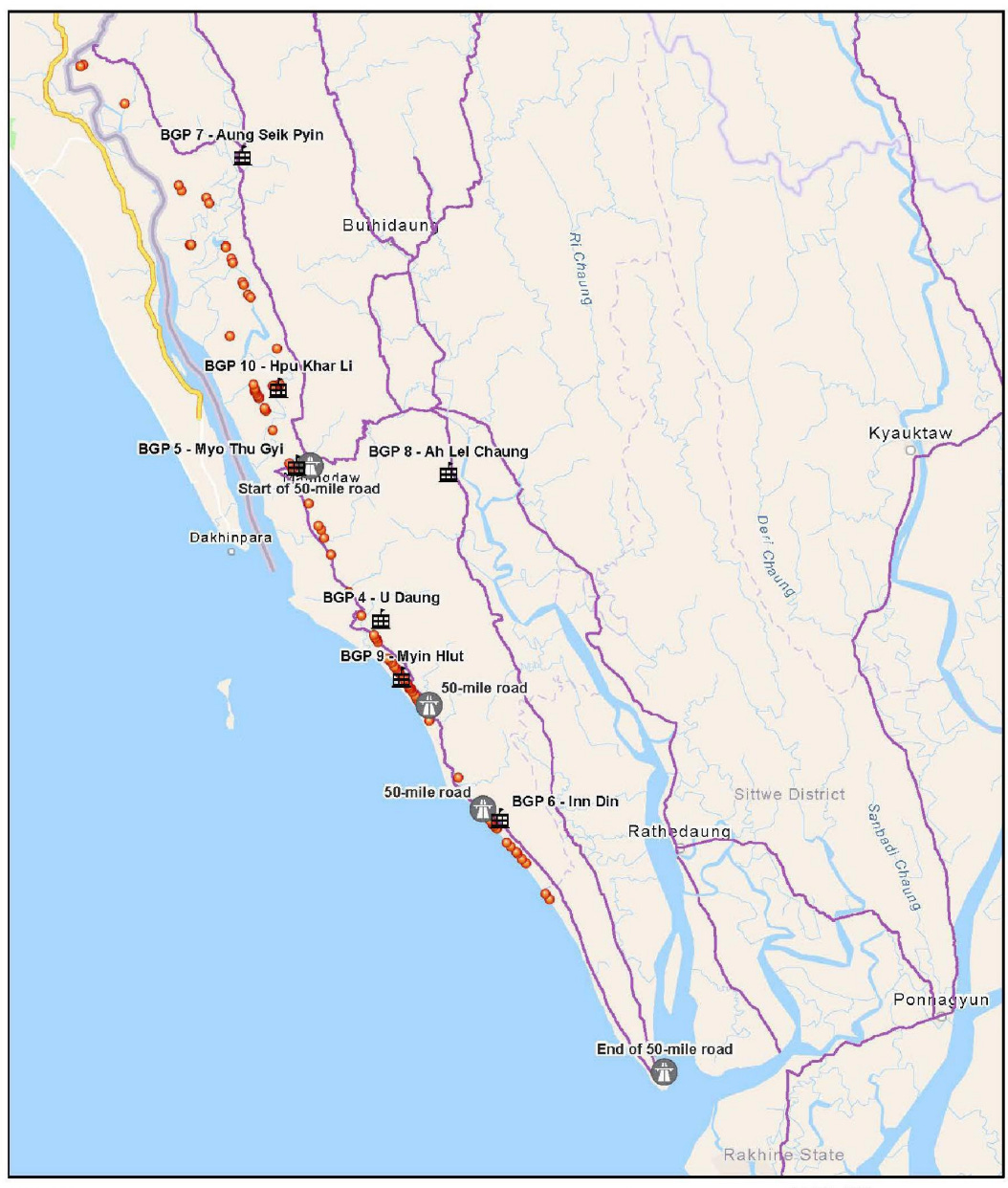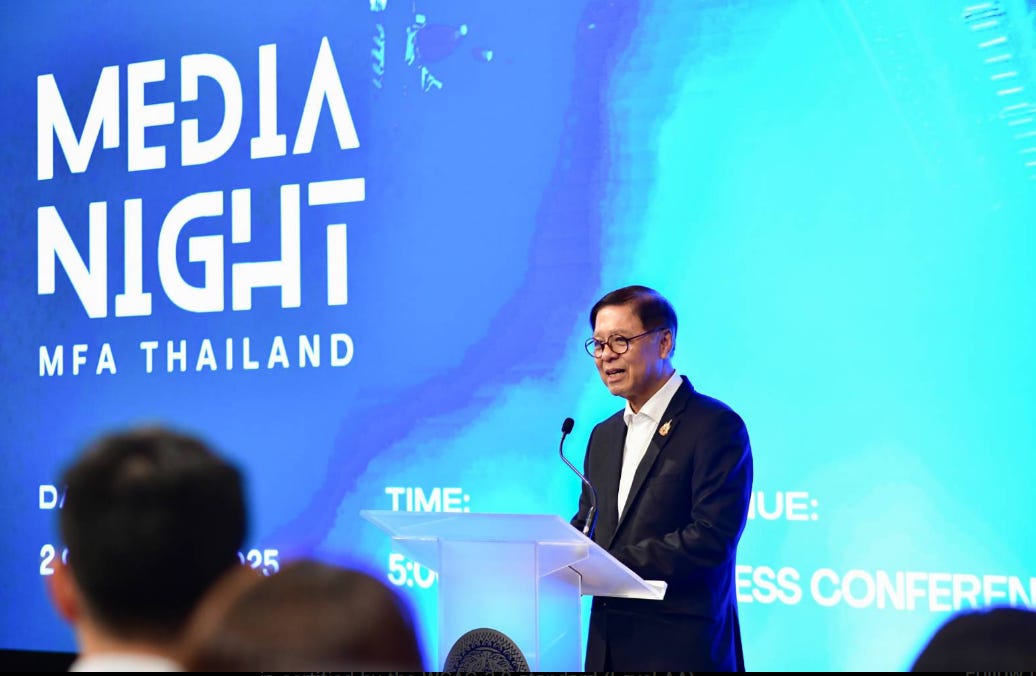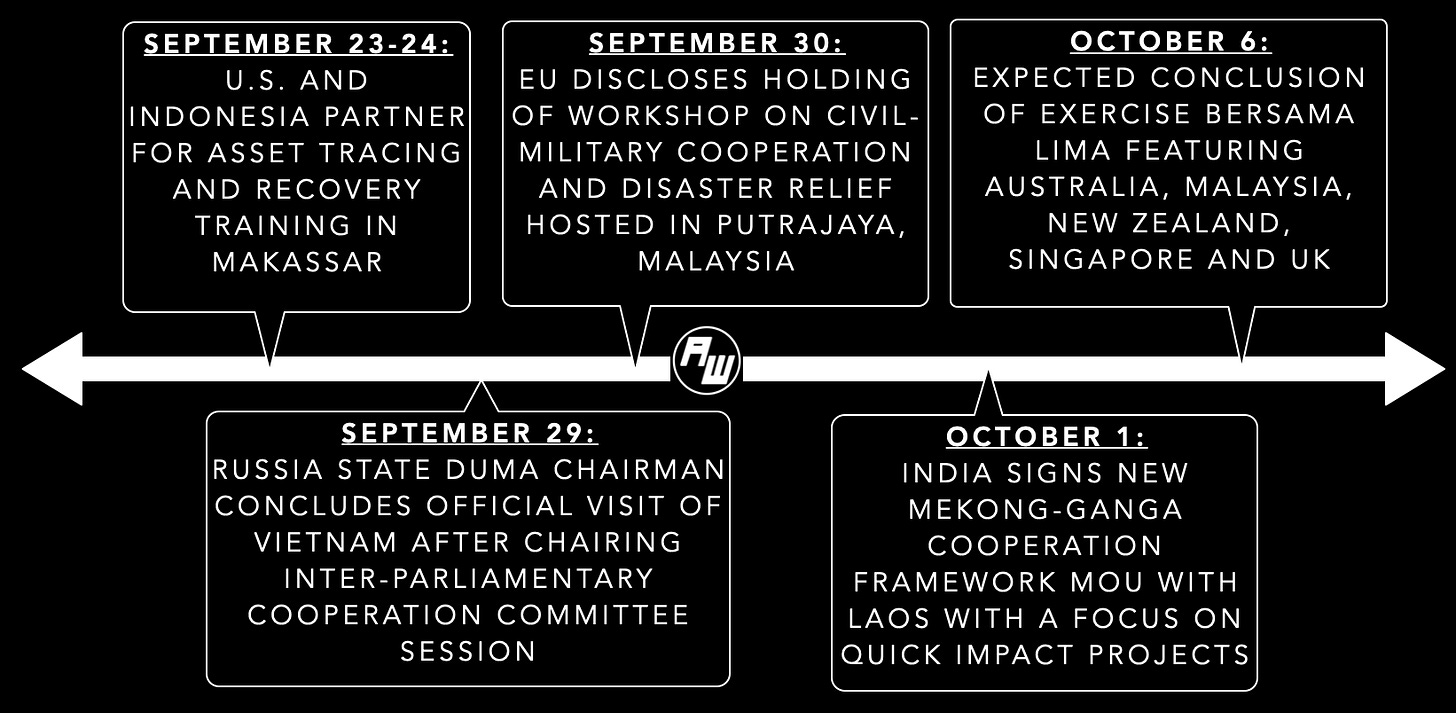New Strategy Revealed For Thailand Foreign Policy Outlook
Plus Gaza flotilla fallout; new 2045 infrastructure plan unveiled; giant rare earth partnership chatter; quiet roadmap launch and much, much more.
Greetings to new readers and welcome all to the latest edition of the weekly ASEAN Wonk BulletBrief! If you haven’t already, you can upgrade to a paid subscription for $5 a month/$50 a year below to receive full posts by inserting your email address and then selecting an annual or monthly option. You can visit this page for more on pricing for institutions, groups as well as discounts. For current paid subscribers, please make sure you’re hitting the “view entire message” prompt if it comes up at the end of a post to see the full version.
For this iteration of ASEAN Wonk BulletBrief, we are looking at:
Assessing the geopolitical and geoeconomic significance of a new foreign policy strategy and regional and global implications;
Mapping of regional developments, such as Gaza flotilla regional fallout; new policy urgency call and more;
Charting evolving geopolitical, geoeconomic and security trends including giant rare earth partnership chatter; new 2045 plan and quiet map launch;
Tracking and analysis of industry developments and quantitative indicators including suspension fallout; high speed talent plan and China influence woes;
This Week’s WonkCount: 2,248 words (~10 minutes)
Gaza Flotilla Fallout; New Urgency Call & More
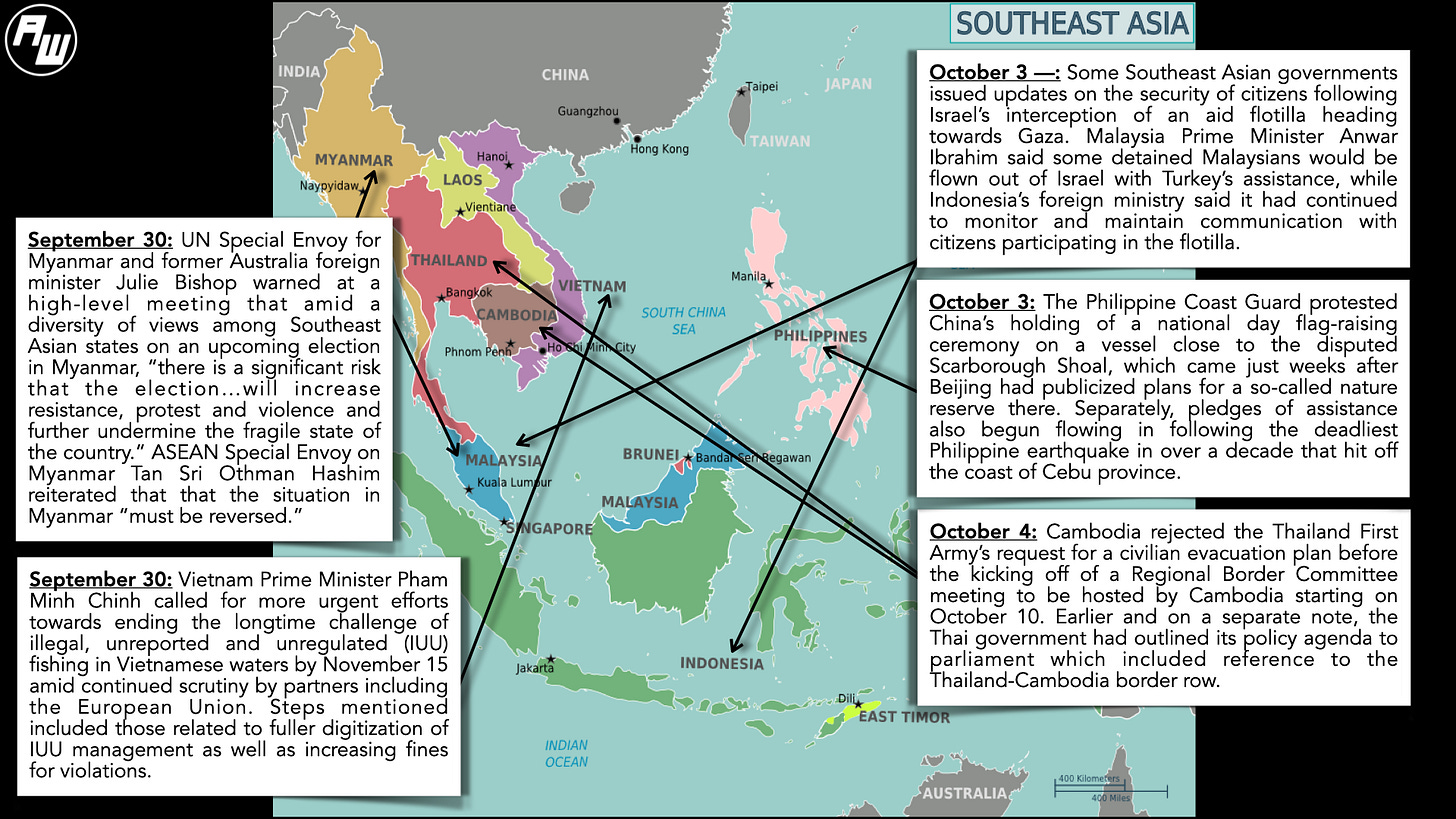
Green Rankings; South-South Partnership & Rights Check
“China sits at the top of a cluster of countries with the most developed green central banking policies,” observes the latest iteration of a scorecard by the firm Positive Money analyzing the 13 ASEAN Plus Three economies — the 10 current full ASEAN members plus China, Japan and South Korea. Assessments for country rankings are based on four main categories: research and advocacy; monetary policy; financial policy; and leading by example (link).
ASEAN Plus Three Country Score by GDP Scale
“Given the state of the world, partnerships of South-South like that between India and ASEAN need to be strengthened rather than allowed to fester,” notes a new commentary published over at the Observer Research Foundation addressing the opportunities and challenges in resetting economic ties between India and ASEAN. The piece argues that both sides should use the resetting of trade ties as a way to “reimagine the bilateral economic partnership” by aligning priorities in areas like digitalization, sustainability and inclusive growth (link).
“[V]iolations suffered were not simply a tragedy, but a calculated dispossession that must be remedied,” according to a new United Nations report on the Rohingya population in Myanmar. The report includes evidence of observed past violations including but not limited to the destruction and dispossession of land and property (link).
Map of Locations Under Myanmar Investigation
New Strategy Revealed For Thailand Foreign Policy Outlook
What’s Behind It
Thailand’s new government has revealed its new strategy to navigate a more challenging geopolitical environment and uncertain domestic politics1. The link between the two was once again vividly illustrated recently by criticism of the government for foreign policy activities conducted before Prime Minister Anutin Charnvirakul’s parliament statement2. The policy unveiling occurred amid a series of wider developments in its surrounding neighborhood in mainland Southeast Asia and the subregion more generally. This included the latest iteration of the Five Power Defense Arrangements (FPDA) exercise Bersama Lima between Britain, Australia, Malaysia, New Zealand and Singapore publicized as being conducted “in Malaysia and across the South China Sea” as well as India’s signing of a new MoU with Laos under the Mekong-Ganga Cooperation subregional framework as part of its wider regional approach3.
Select Recent Developments Involving Key Powers and Countries in Southeast Asia
The strategy along with accompanying priorities come at a time where policymakers recognize the urgency required. A deep challenge for Thailand’s international outlook in recent years is the ability of governments to transcend the short-termism of Thai politics to chart out longer-term policies to adjust to dramatic geopolitical and geoeconomic challenges. To take just one example, while the current government is signaling an effort to build on its predecessor’s ability to secure a more favorable tariff rate from the United States than it had originally expected earlier this year, officials also privately admit that managing uncertainties around follow-up areas like rules of origin and trade balance remediation steps could end up being a multi-year process4. That longer-term direction is beginning to be outlined to partners and relevant stakeholders by Foreign Minister Sihasak Phuangketkeow — an experienced hand well-known to longtime regional observers — even as experienced diplomats resident in Bangkok understand that questions remain on interagency and political aspects5.
Why It Matters
The new foreign policy focus areas also point to priority datapoints to watch with wider regional as well as global implications (see originally generated ASEAN Wonk table below on notable areas to monitor and additional specifics. Paying subscribers can read on for more on what to expect and future implications in the rest of the “Why It Matters” and “Where It’s Headed” sections, along with paid-only sections of the newsletter as usual).





